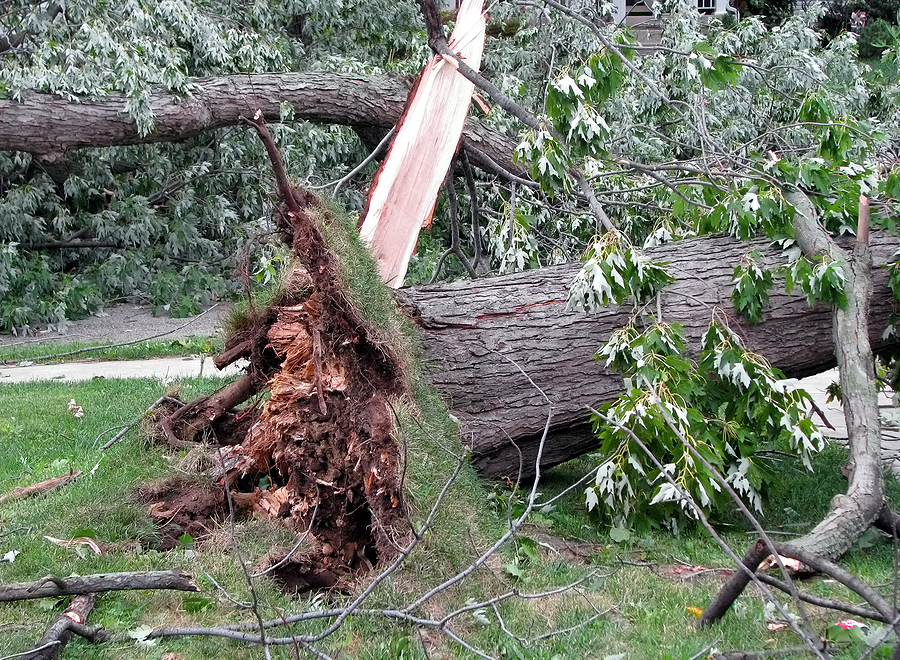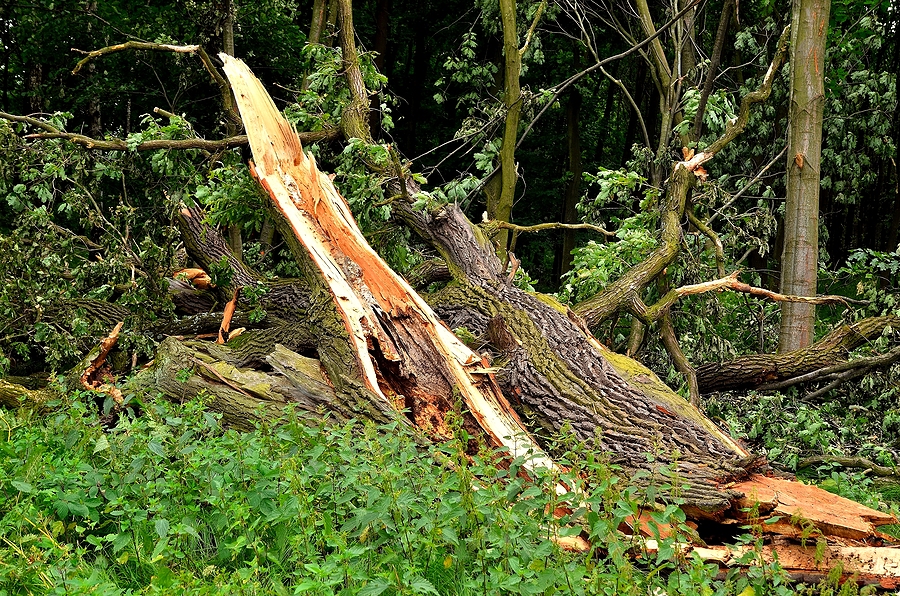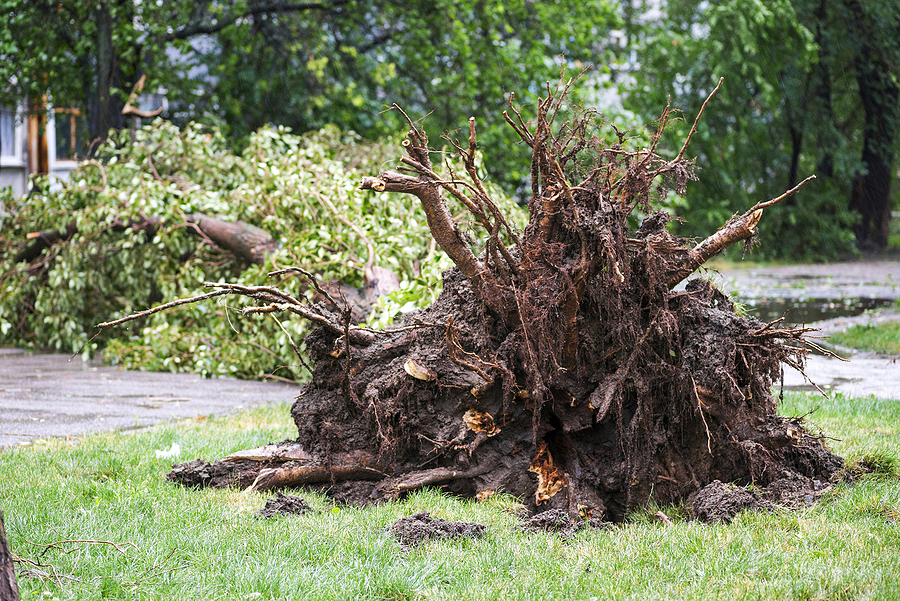Trees are essential components of our environment, providing us with oxygen, shade, and beauty. However, their silent contribution can often mask the significant risks they face when weather turns severe. In our homes, communities, and natural landscapes, inclement weather can be a crucial factor affecting the health, safety, and even survival of trees. This blog post explores the various types of weather that pose threats to trees, vulnerabilities that emerge, and essential strategies for protecting these natural giants.

Understanding Tree Vulnerabilities
Different types of inclement weather can affect trees in varying ways. Let’s delve into how these natural occurrences can challenge the resilience of our leafy companions.
Storms and Trees
High winds, lightning strikes, and heavy rainfall can have devastating effects on trees. Weaker trees might topple over, due to the swaying during strong gusts compromising root anchorage. Lightning, a product of these storms, can lead to fires and severe burns on the trunks of trees, potentially killing them. In addition, storms bring about flying debris which might inflict wounds on the tree or branches, creating pathways for diseases and pests.
Drought and Trees
Prolonged periods of drought stress trees, making them more susceptible to pests and diseases. A lack of water often leads to reduced growth, leaf wilting, and, in extreme cases, tree death. Younger trees are particularly vulnerable as their root systems have not yet fully developed to search for water deeper in the soil. Check out some drought-tolerant tree species recommended for the Midwest.
Frost and Freeze Events
For regions that experience cold winters, frost and freeze events can damage the sensitive tissues of trees. The rapid expansion of water freezes inside cells, causing them to burst. This can lead to bark splitting, dieback of branches, or in severe cases, the death of the tree. It’s not just the freezing temperatures that pose a threat; sudden temperature changes can be equally damaging.
Common Tree Weaknesses in Extreme Weather Conditions
During severe weather, certain weaknesses in trees can become more pronounced.
Root Systems and Anchorage
Healthy root systems are essential for tree anchorage and absorbing water and nutrients. Shallow roots or root damage from construction or compaction can make trees more prone to uprooting during storms. Understanding the root system of a tree is critical to its stability in changing weather patterns.
Trunk and Branch Structure
The integrity of the trunk and main branches is crucial in withstanding the forces of nature. Cracks, cavities, and weak branch unions increase the likelihood of storm damage, as these are points of potential failure. Regular inspection of these areas can help identify weak spots, allowing for timely remedies.
Canopy Density and Wind Resistance
A dense canopy can act as a sail, increasing a tree’s chances of toppling over in high winds. Thinning the canopy through proper pruning can reduce wind resistance and minimize the risk of windthrow, a process where the wind uproots the tree by toppling it.
Mitigation Strategies for Tree Safety and Survival
Mitigating the impact of inclement weather on trees requires a combination of preemptive measures and active steps to protect them during severe events.
Proper Tree Selection and Placement
Selecting the right tree species for your area and placement can significantly reduce the risks associated with weather. Native species are often well-adapted to local conditions and provide a better chance of survival. Avoid planting large trees close to structures or utility lines, which could lead to damage if they fall.
Regular Tree Maintenance Practices
Routine tree care, such as pruning, mulching, and watering, helps maintain the health and strength of trees. Pruning can eliminate deadwood and structurally unsound branches, preventing them from becoming projectiles during storms. Proper mulching retains soil moisture and insulates roots, while regular watering can help trees survive drought conditions.
Protection Measures During Severe Weather Events
In the event of an impending storm, certain measures can be taken to protect trees. Installing cables and bracing rods can provide support to weak branches or multi-trunk trees, reducing the risk of structural failure. Staking young trees can also help them remain upright in high winds until their roots are established.
Conclusion
Trees are resilient, but they are not invincible. When the weather turns harsh, it’s crucial to take steps to protect these invaluable parts of our environment. Understanding the vulnerabilities that weather can exacerbate in trees is the first step towards effective protection. Through proper selection, maintenance, and proactive strategies, we can ensure that our trees not only weather the storm but continue to thrive for generations to come.
As a homeowner, business owner, or nature enthusiast, you play a vital role in safeguarding the natural environment. By sharing this knowledge with your community and taking action to protect trees, you can contribute to a safer and more sustainable world. Remember, the health of our ecosystem is in every leaf, branch, and root we nurture.
Take the first step in tree safety today, and let it send roots of environmental stewardship deep into our collective future. Contact Timberland Tree Care at 317-348-0811 for licensed and insured storm protection and repair for trees in Indianapolis, Indiana. We serve residential and commercial customers.
Related Posts:
Tips for Protecting Your Trees From Wind Damage
5 Easy Steps to Take After Stormy Weather Damages Your Trees
Winter Storm Damage Repair Solutions for Trees and Landscaping


